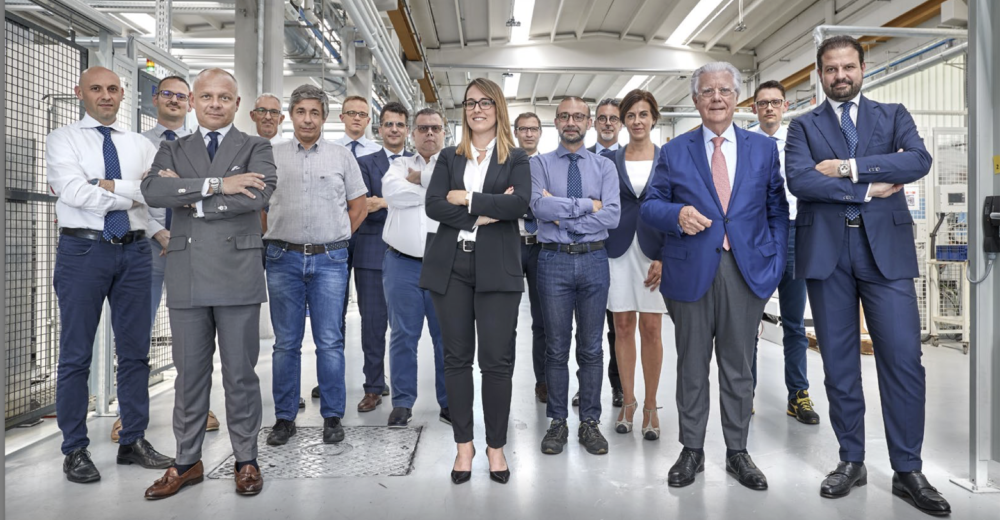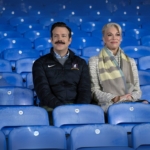Creativity: access restricted to a limited number of individuals only?

Indice
“Companies are born from good ideas and develop and grow on the basis of new good ideas”.
I have heard this statement circulates in more than one company.
The certainty that good ideas are a cornerstone for good business (greater turnover, market shares and leadership, affirmation and fame) is the reason why entrepreneurs and managers are always on the hunt for disruptive ideas that guarantee the continuity of the business, its recovery or its surge.
This is why the search for ideas becomes intense, almost manic. Weekly meetings on new product development, annual targets for new product launches to be respected, updated and detailed market analysis, analysis of competitors’ products, reliance on open innovation platforms and – why not! – on some higher entity that sees and can do everything.
But above all, the most common way to hunt for new ideas is to rely almost exclusively on the “genius” of one’s own collaborators, the few creatives in the company, those people who “rack their brains” to always find new ideas.
The reason why the task of generating ideas is often entrusted to the creativity and explosive imagination of certain figures is perfectly understandable: the responsibility is clear; the management is simple.
One, or a few selected people (innovation manager, marketing director, research and development staff, etc.), are asked to carve out time to close themselves in the office, in the meeting room or in a pleasant place (because getting out of the daily context – you know – opens the mind) with one goal: to get out of that room (beautiful or ugly as it may be!) with a list of new disruptive ideas on which to base the development of new products, or services, to be included in the catalog of the following year.
What if creativity falters?

But what happens when the “creator” collaborator, or the chosen group of people, runs out of ingenuity?
You will have found yourself in this situation at least once or many more: people who have always had one, two, a hundred ideas to put on the plate, at some point, have no more ideas, they have run out of them.
The exhaustion of ideas can be caused by several factors, it is not a lack of imagination, it is not calcification of creativity.
Entrusting the development of the corporate strategy to one or a few people not only causes the risk of seeing the well of creativity run dry but also brings risks for both the company and its people.
Risks for the company
1. One-off creativity
When we rely on the creativity of one or a few people, ideas often emerge extemporaneously, without warning, and often come one at a time months apart.
You don’t know when the next idea will come. “I had a brilliant idea!”
And most likely that brilliant idea really is brilliant. However, entrusting a company’s strategy to a single idea lowers the probability of success, since innovation is studded with failures.
This approach, which seems so obvious and widespread, is not adopted in other areas of the company. Take for example a production line. Every production manager, knowing the average percentage of processing waste of his production line, always plans to produce a certain number of products more than the order volumes because he knows for sure that some of the products will be discarded.
In innovation, the percentage of failure is much higher than the percentage of waste in the productive world; the proportion is almost reversed.
Moreover, the risk of failure of an idea is not predictable as in the industrial world. Yet, very often, everything is focused on a single idea regardless of the risk of failure.
Is it not less risky to have a well-fed cushion of ideas from which to draw ideas to be transformed into successful solutions? Someone will think: “Of course, but it’s more expensive!” This is also true, but the toughest competitions are also those for which the richest prize is expected.
2. Beliefs replacing facts
⛔ “In my field this cannot work”
⛔ “Customers have always liked this, why should they change their mind?”
⛔ “Our competitors are different from us, their products are not good, but customers buy them because they cost less.”
These are phrases that echo in the offices of different companies.
Are we sure that all this is true? Or better, how can we say that all this is true? What are the facts, the data, the evidence?
If there are not, then we must be aware that we are in the world of beliefs, which have the power to define a very limited imagination in which the same ideas, the same old solutions always occur.
Also, we must be aware that while we tell ourselves why one thing cannot be done, someone else will be thinking about how to do it and, why not, could be a competitor (current or future).
3. Simplicity or involvement?
Making the genesis of ideas an individual task entrusted to creative people initially reduces the management complexity of the innovation process. The individual will take time and bring the fruit of his reflections and ideas to the applicant. This simplicity has a price and the bill to be paid will be evident when it is necessary to transform that idea into a winning solution and launch it on the market.
Just as a 7-a-side soccer game cannot be played with one player on the field, developing an idea requires the collaboration of several corporate resources from different functions. And just as no one would play a soccer game with only one person on the field, no one would play with 7 goalkeepers on the field.
- How to create the engagement of those people who were not involved in the idea generation phase?
- How do you convince managers in other functions to make some of their resources available for an impromptu activity, which is not part of any official business process (while the function targets are written in black and white)?
When innovation is not a business process, but an activity entrusted to the genius of few in favor of simplicity of management, it is configured as an underground activity carried out from time to time, without a precise path and without a dedicated working group from the beginning.
Risks to people
1. Falling in love with an idea
It precludes the possibility of expanding the space of imagination. When we focus on a single idea, we can’t see anything else, we can’t pick up other stimuli.
It is like when we have eyes only for one person: our attention cannot focus on another because at that moment we are not able to recognize aspects of interest because they are too concentrated elsewhere.
2. Skepticism about what is different from what has been done before
Often the most promising ideas are also those that differ most from what the company does today, how it does it and how it conveys it to the market. This is extremely frightening because the alarm bell immediately sounds “we have never done it”, “we do not know how to do it” and therefore “we cannot do it”. Often the best things are also those that require us the greatest effort.
Precluding the possibility of considering an idea, before having analyzed whether it is worth pursuing the idea and the different ways to develop it, closes the doors to numerous business opportunities.
3. Loneliness and lack of comparison
In one person hardly all the answers, all the visions, all the angles reside.
Innovation does not mean generating a quantity of ideas at will. The innovator must come out of his solitude, seek forms of participation, develop the ability to make better decisions through comparison to ensure the quality of analysis and development of an idea.
“A good start is half the work”!
➡️ Try the Impact Innovation method!
To generate high impact innovations (i.e., innovations that open new sectors and amaze customers) It is not necessary to continue searching for talented people to be included in the workforce to refresh or revive the creative spirit of resources already present in the company for some time. Rather, it is necessary to analyze the process by which innovation takes place in your company because the same processes of today will not lead to different results tomorrow.
High impact innovation is a process already tested by Lenovys with a multitude of companies, designed and built to increase the ability to design and deliver innovative products and services.
High Impact Innovation makes systemic innovation through the design of a rigorous and disciplined process consisting of exploration, evaluation and selection, experimentation, learning and last, key tools and behaviors dedicated to resource management. Resources animate and bring processes to life, and companies have the task of supporting their internal resources in fulfilling the task of innovation and being part of business success, according to the vision of the Lean Lifestyle Company.
No company “sex symbol of innovation” (think for example Apple, Tesla, Amazon) has developed thanks to the free ideas generated by a group of people around a table, or by a small number of creatives locked in a room. This is because there is no success without a shared vision and there are no results without the pragmatism necessary to transfer the vision into operability.
Vision and pragmatism are, together, one of the fundamental pillars of the Lean Lifestyle Company, a business model capable of structuring its processes and aligning its resources to achieve better results today with less effort and fatigue making the process replicable and sustainable over time. The company’s resources have run out, including people’s energy and imagination.
The High Impact Innovation process will lead you to spread a shared vision among people from different business functions, and to perform all the actions necessary to achieve the vision through working in organized groups, continuous implementation and feedback.
Following the saying ” A good start is half the work”, the first big step towards building the future is to create a mindset and good operational habits that allow you to govern actions to generate innovations capable of realizing the vision of the company to continue to be successful.
In the following article we discussed “idea generation workshops” one of the tools that can be used within the Impact Innovation framework, and we saw how and why they differ from brainstorming sessions and why they can be more beneficial.
➡️ ➡️ ➡️READ THE IN-DEPTH ARTICLE HERE
Articolo a cura di:

Cecilia Angioletti
Manager
Act as a consultant, supporting clients in the reorganization of business processes with the aim of continuous improvement, product innovation, process and service.
Experience in coordinating international research projects and manufacturing process modelling skills.
Since 2015, Cecilia has been working on international innovation management and high-impact innovation projects to transform strategies, processes and customer tools, generating sustainable business results and value.
Read more
Prossimi eventi










